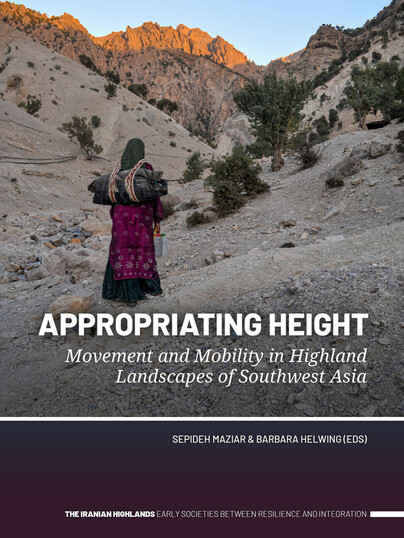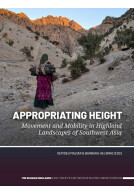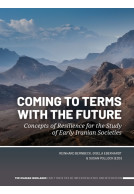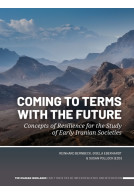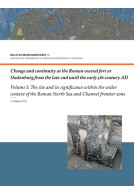Google Books previews are unavailable because you have chosen to turn off third party cookies for enhanced content. Visit our cookies page to review your cookie settings.
Appropriating Height (Hardback)
Movement and Mobility in Highland Landscapes of Southwest Asia
Imprint: Sidestone Press
Series: The Iranian Highlands. Early Societies between Resilience and Integration
Pages: 180
Illustrations: 64fc / 24bw
ISBN: 9789464271096
Published: 18th December 2024
Script Academic
Series: The Iranian Highlands. Early Societies between Resilience and Integration
Pages: 180
Illustrations: 64fc / 24bw
ISBN: 9789464271096
Published: 18th December 2024
Script Academic
Please note this book may be printed for your order so despatch times may be slightly longer than usual.
You'll be £95.00 closer to your next £10.00 credit when you purchase Appropriating Height. What's this?
+£4.99 UK Delivery or free UK delivery if order is over £40
(click here for international delivery rates)
Order within the next 6 hours, 57 minutes to get your order processed the next working day!
Need a currency converter? Check XE.com for live rates
(click here for international delivery rates)
Order within the next 6 hours, 57 minutes to get your order processed the next working day!
Need a currency converter? Check XE.com for live rates
The essays in this book focus on archaeological approaches to the utilization of highland regions in southwestern and central Asia, examining the interplay between human communities and highland landscapes from the Paleolithic era to the present.
Contributions combine case studies with theoretical considerations to explore adaptive strategies of movement. They discuss the significance of mobility within archaeological and anthropological discourse. Contributors engage with critical questions: How can archaeologists discern traces of movement and unravel material footprints of diverse mobility? How can they track shifts in mobility through time or regions? By systematizing observations on human spatial behavior across epochs and settings, these essays seek to test and refine traditional archaeological methodologies. They present nuanced frameworks and shed light on the adaptability and resilience of these communities.
“Appropriating Height” aims to understand the human experience in highland environments. It is essential for those fascinated by the entanglement between people, place, and time, providing a comprehensive perspective on the legacy of human movement.
This book is the second volume of a series published by the German-Iranian research cooperation “The Iranian Highlands: Resiliences and Integration in Premodern Societies”. The goal of the research project is to shine a new light on communities and societies that populated the Iranian highlands and their more or less successful strategies to cope with the many vagaries, the constant changes and risks of their natural and humanly shaped environments.
Other titles in the series...
Other titles in Sidestone Press...







